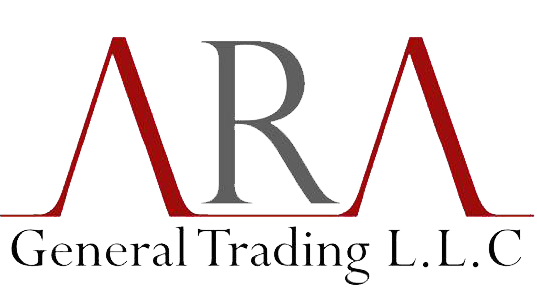With challenges from population growth to climate change, researchers, regulators, and manufacturers need tools to manage our natural resources. Ocean Insight provides the products, knowledge, and expertise to monitor environmental elements including air, water, soil and vegetation.
Advantages of Modular Spectroscopy
As spectrometers have become faster, smaller and more powerful, researchers and regulators can deploy instruments almost anywhere for real-time, in situ monitoring. That’s a significant advance from earlier generations of instruments that required extracting samples from the field and bringing them back to the lab for analysis.
At Ocean Insight, They work with environmental sensor suppliers such as Danfoss IXA and JB Hyperspectral that have made spectrometer-based systems rugged and reliable enough for long-term operation in the field. “We like the flexibility of Ocean Insight spectrometers,” said Tommaso Julitta, managing director of JB Hyperspectral. “For example, for fluorescence, we can specify the specific mirror, grating or spectral range. We have integrated into our products four or five different types of spectrometers, which are already running smoothly.”
Spectroscopy at Work: Emissions Monitoring
By some estimates, 2% of global emissions come from shipping, even with ongoing efforts to improve ship operation and growing awareness of factors affecting climate change.
Fiber optic spectrometers are among the optical sensing tools that sensor developers and ship operators are using to address exhaust emission measurements. In addition to the real-time measurements they provide, these spectrometers can be integrated into marine sensors to monitor exhaust parameters more cost effectively and with greater flexibility.
Danfoss IXA, which provides sensors for the maritime industry, has worked with Ocean Insight to develop an emission sensor using spectroscopy for continuous measurements of common air pollutants including NOx, SO2 and NH3. This system has been adapted to withstand harsh marine conditions and ensure minimal maintenance during lengthy voyages.
“We identified an opportunity for emission measurements that would help ship operators overcome many of the challenges related to existing solutions,” said Finn Haugaard, Supply Chain Manager for Danfoss IXA. “To choose spectroscopy was a rather easy choice, as the technology had already proven to be effective in measuring, for example, sulfur, ammonia and various NOx gases.”


